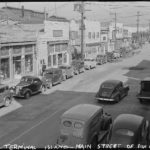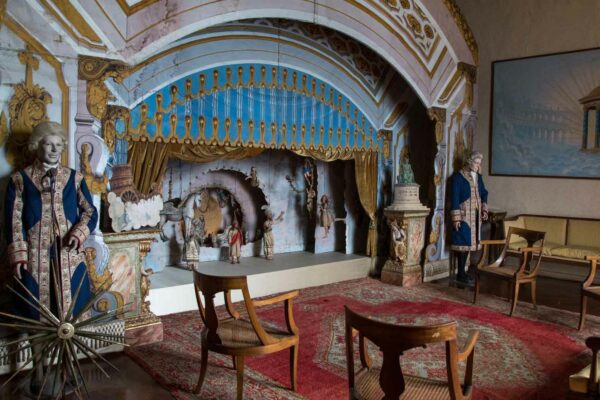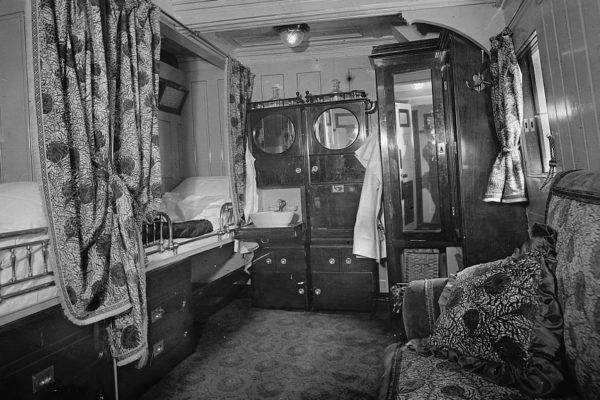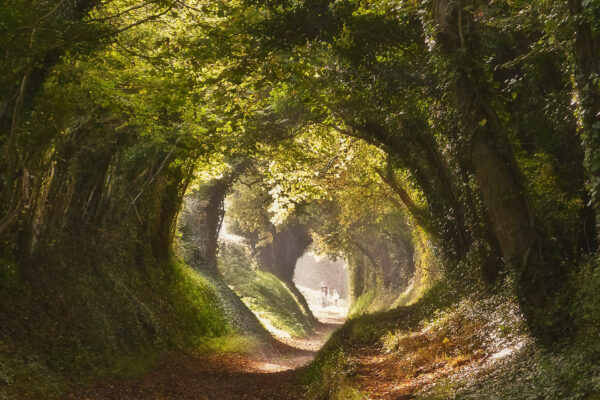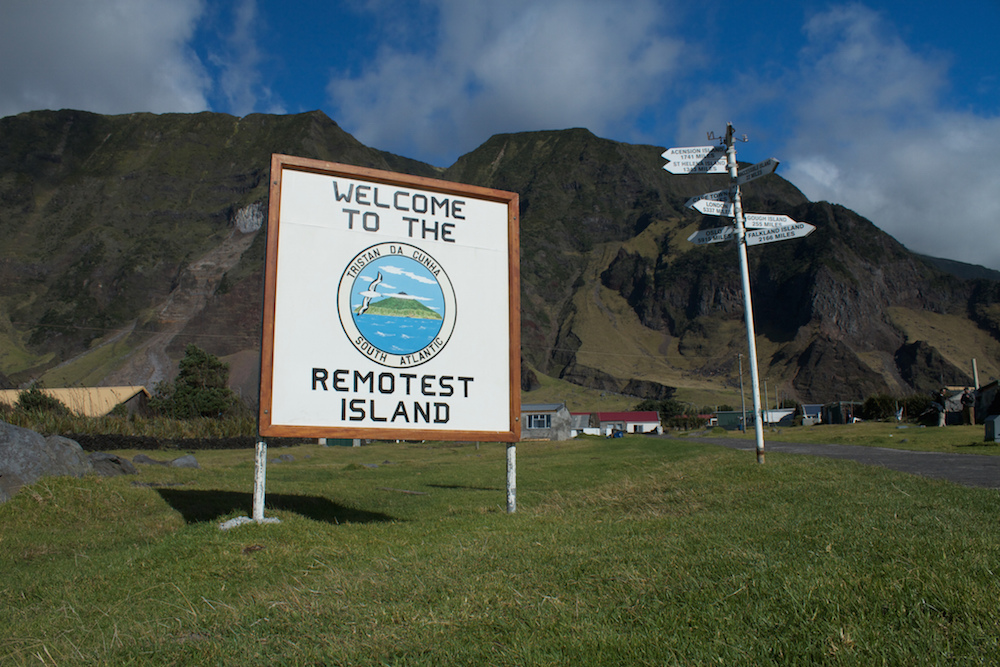
(c) Brian Gratwicke
Not a single ship visited Tristan da Cunha from 1909 until 1919, until the HMS Yarmouth finally stopped by to inform the islanders of the outcome of World War I. Accessible on by sea, Tristan da Cunha is in fact an archipelago, the remotest inhabited one in the world, although only the main island was settled by man, with a permanent population of 265 residents as of September 2016.
Photography by Brian Gratwicke who travelled to Tristan on the National Geographic Explorer in 2012, UltraPanavision on the The RMS Saint Helena in 2011 and Maurits Heech via the Atlantic Odyssey voyage in 2006.

(c) Brian Gratwicke
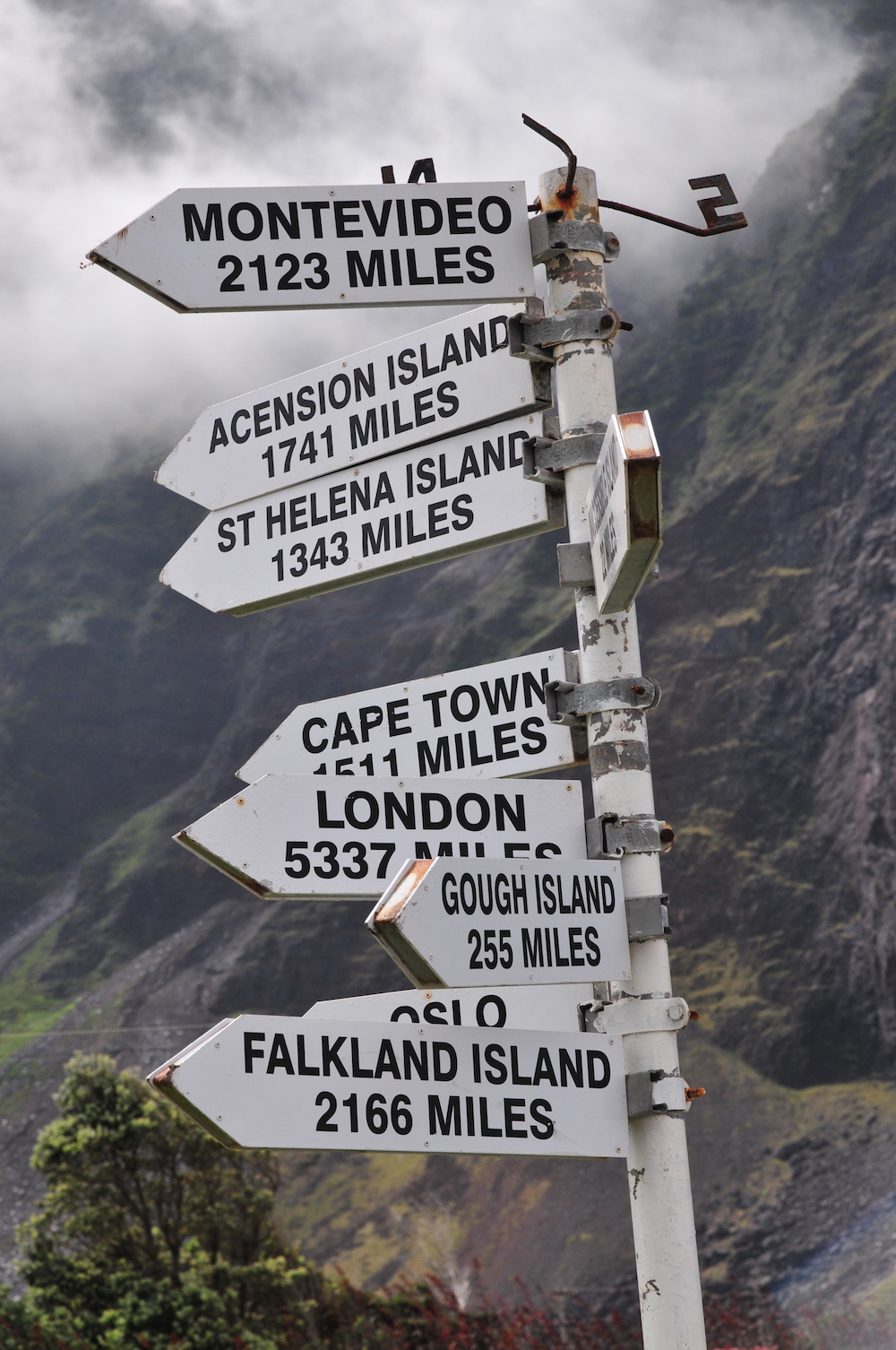
(c) Ultra Panavision
Located pretty much smack bang in the middle of the South Atlantic ocean, with no airport, small fishing boats from South Africa service the islands a few times a year. A cargo and passenger ship used to connect the main island once a year to St. Helena, the nearest inhabited land lying 2,000 kilometres north, but since 2006, it’s only showed up twice. You can get an idea of how isolated the island is by seeing how many times you need to zoom out on Google maps before you see one of the other continents.
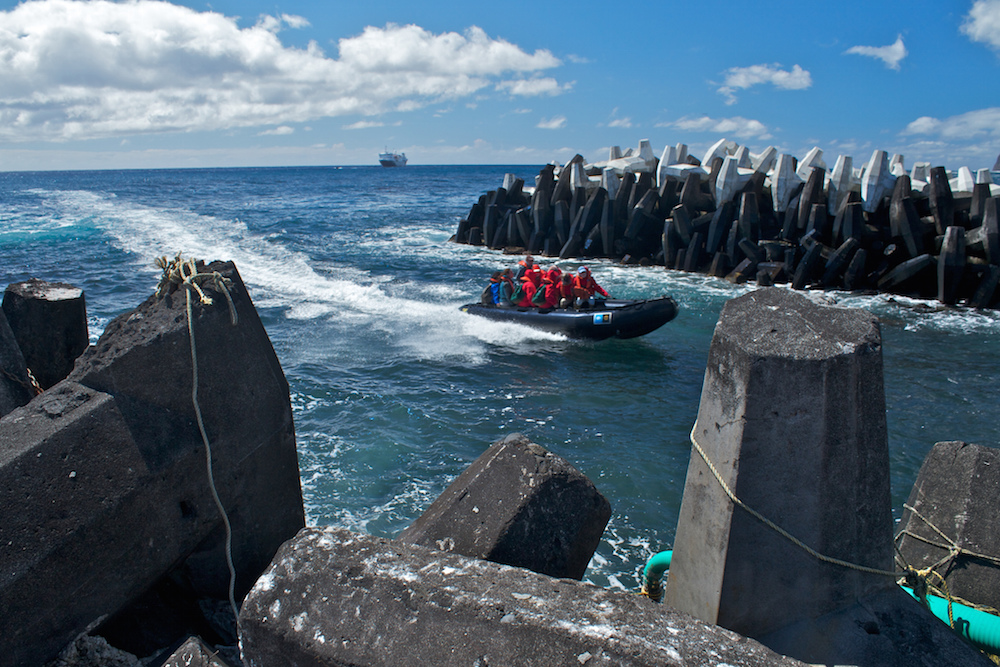
(c) Brian Gratwicke
As part of the British overseas territory of Saint Helena, Ascension and Tristan da Cunha, the inhabitants are loyal to the Queen of England, although she has never step foot on their island.
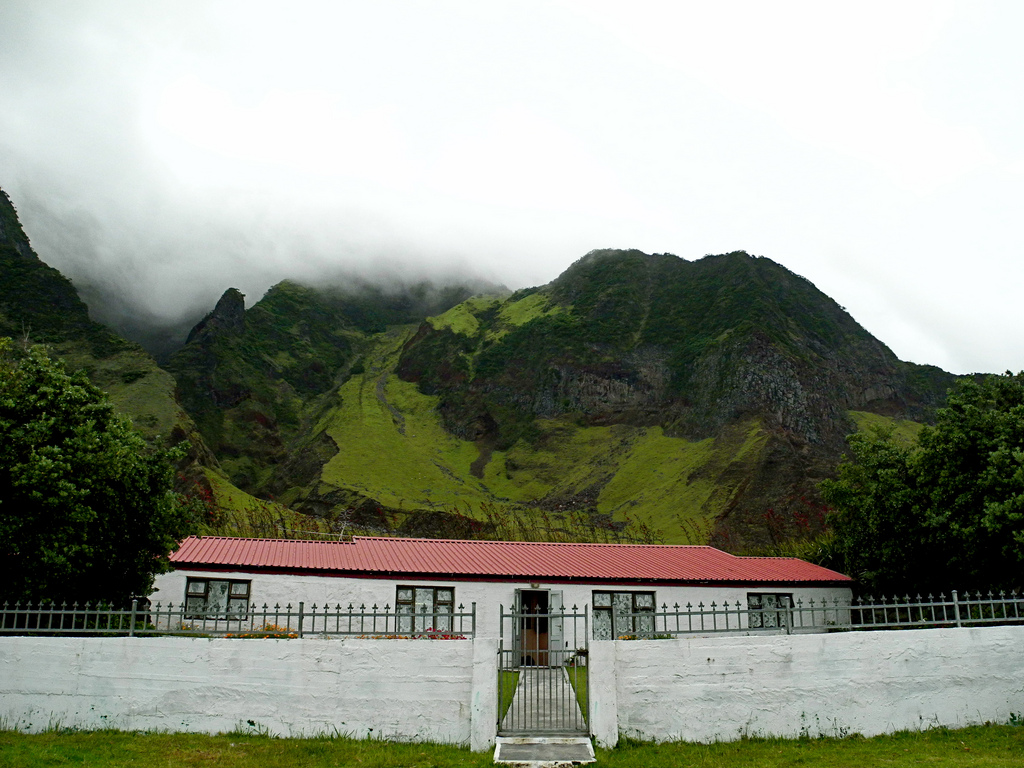
(c) Ultra Panavision
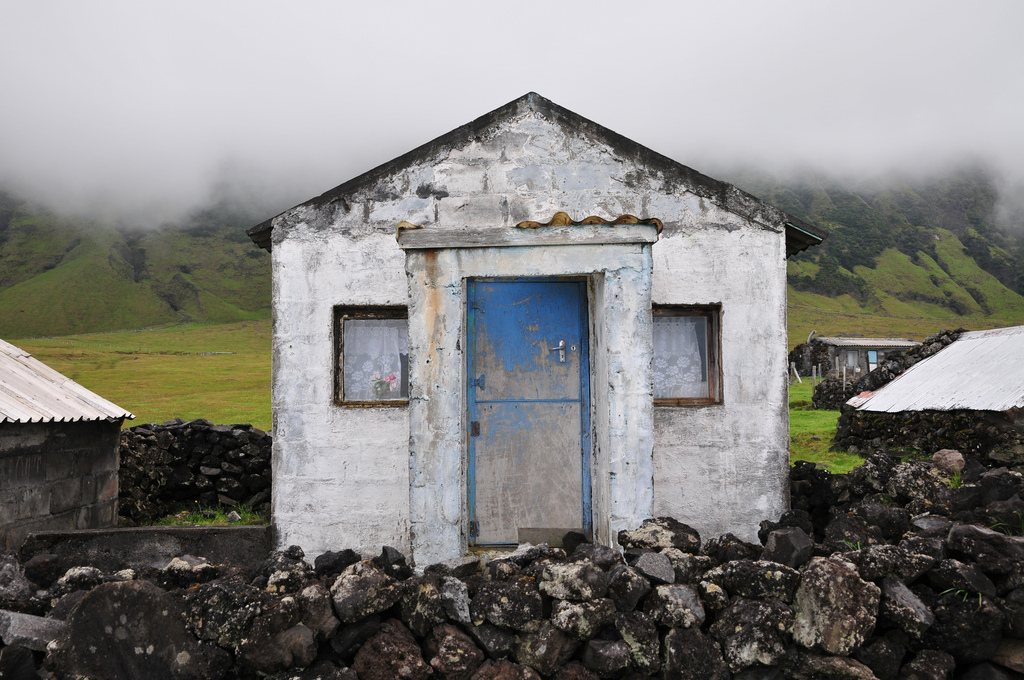
(c) Ultra Panavision
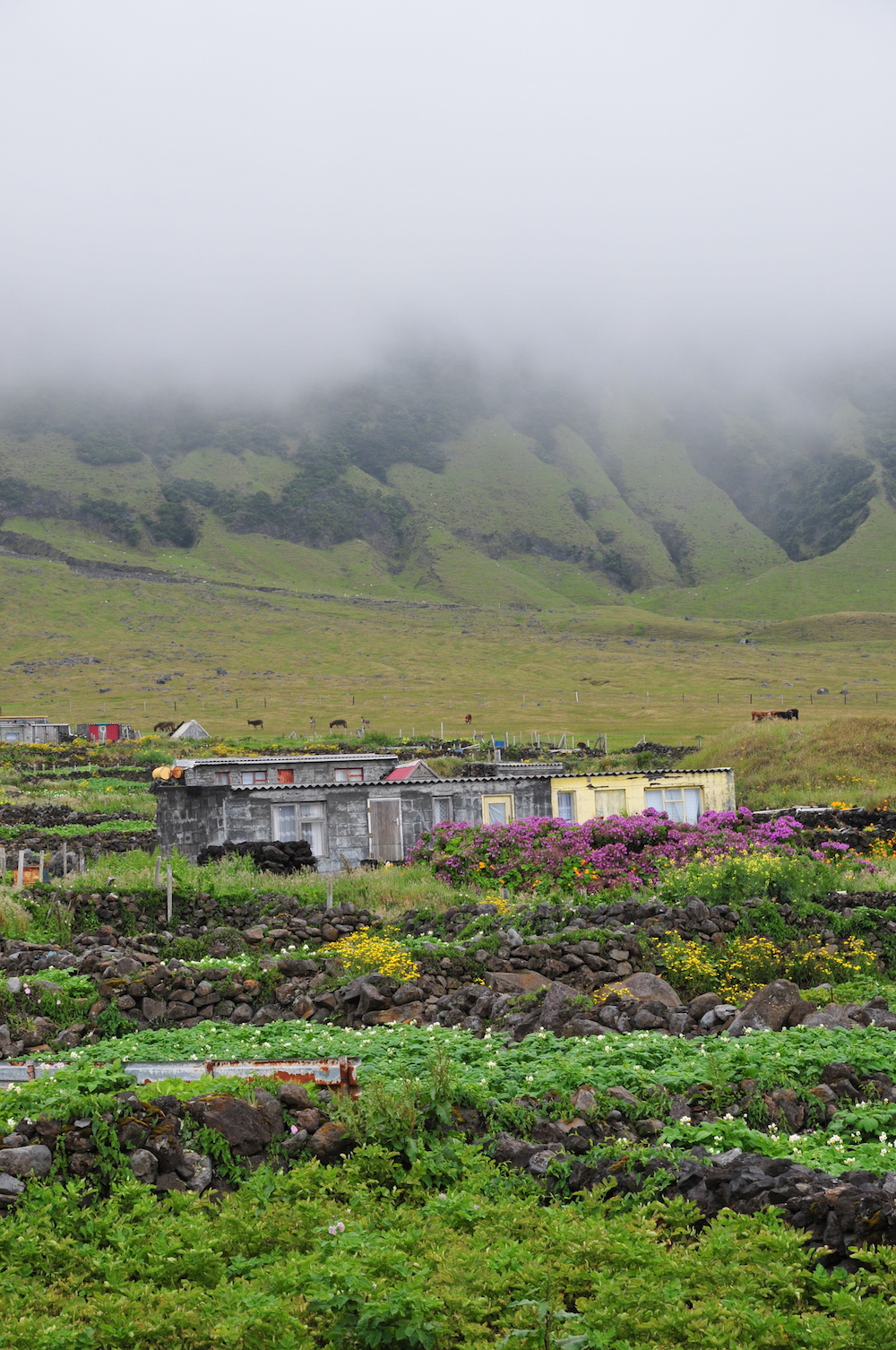
(c) Ultra Panavision
The people of Tristan all are farmers, owning their own stock and/ or fishing boats. The land is communally owned and each household has its own plot of land at the potato patches. Two miles south of the main settlement, the patches rate as the must-see sight on the island and it’s also where the islanders have their “holiday” cottages.
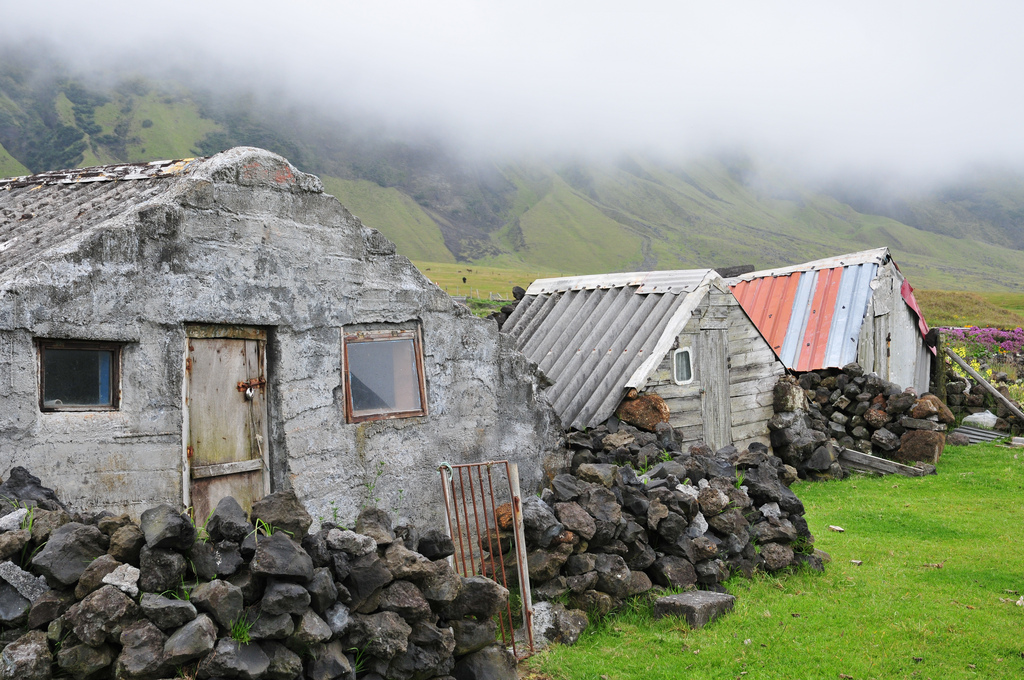
(c) Ultra Panavision
To mark the beginning of the summer season (mid-December), the entire population gathers at the Patches Plain for Sheep Shearing Day. Everyone, including children and pensioners, are involved in farming, while able adults also have salaried jobs in domestic services or government positions.
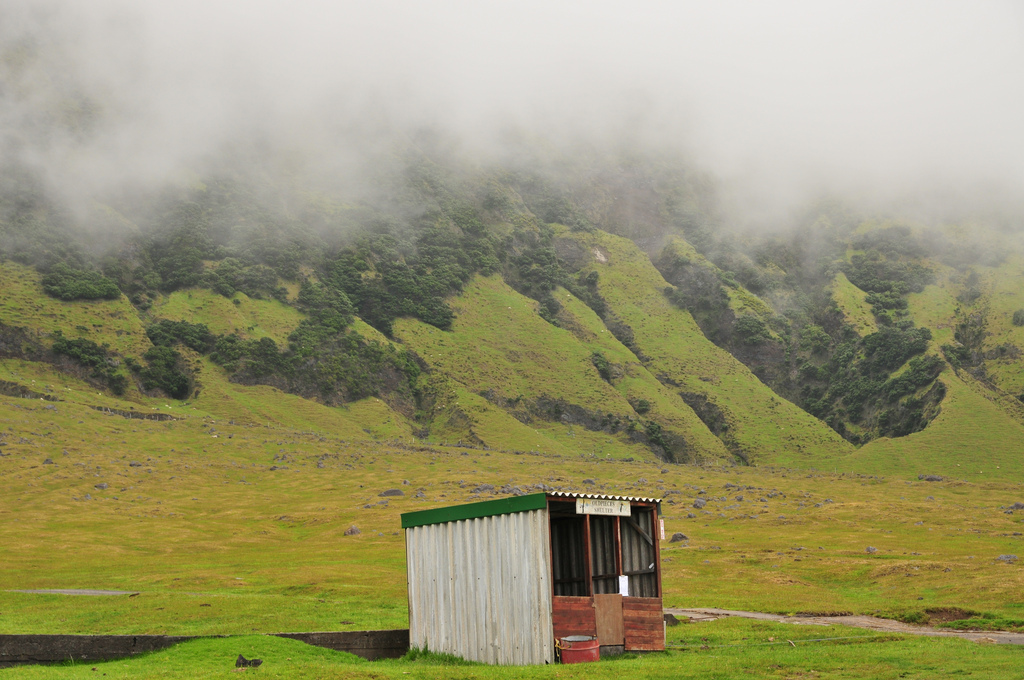
(c) Ultra Panavision
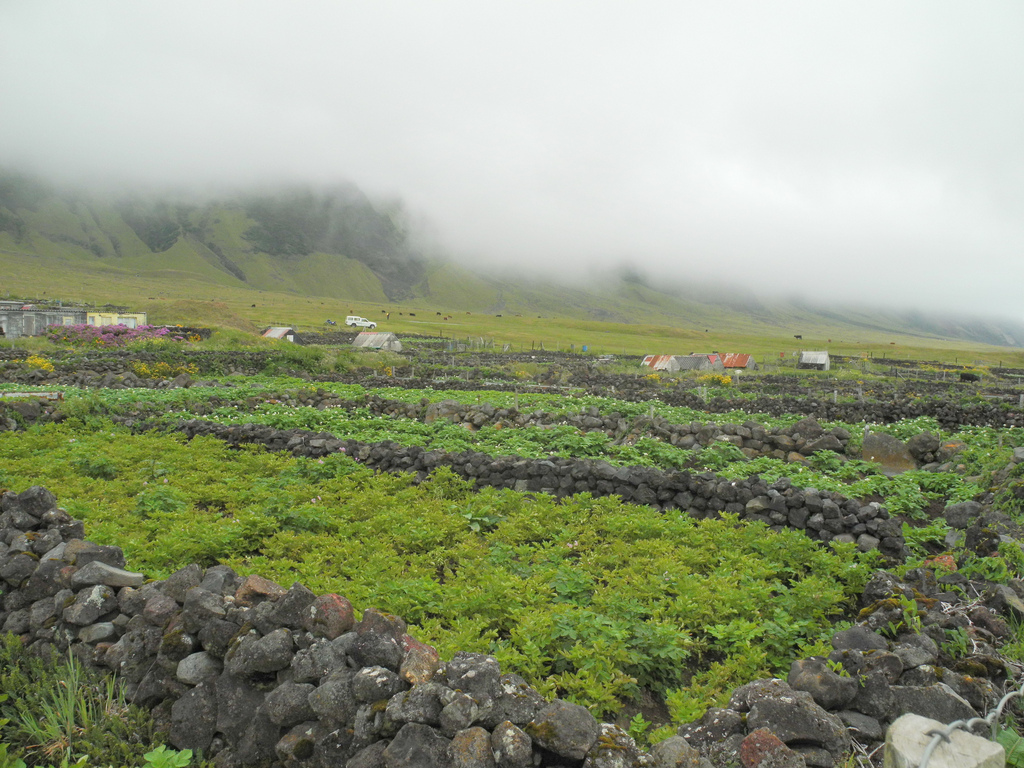
(c) Ultra Panavision
Livestock numbers are strictly controlled. Each family is allowed just two cows to conserve pasture and to prevent people from accumulating more wealth than others. As long as the islanders wish the law to remain as it is, no outsiders can buy land or settle there– unless the whole island went up for sale.
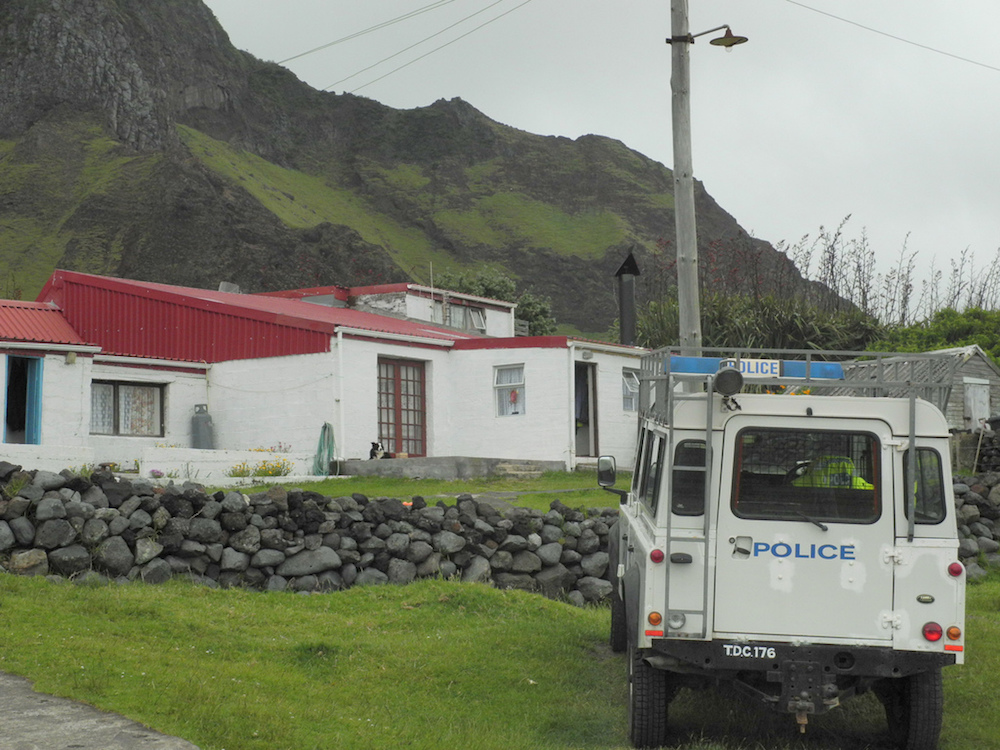
(c) Ultra Panavision
There is one full-time police officer and three special constables on the island. There are no political parties or trade unions but the Island Council is made up of eight elected and three appointed members, who serve a 3-year term. Healthcare is funded by the British government, and there is one doctor and five working nurses on the island.
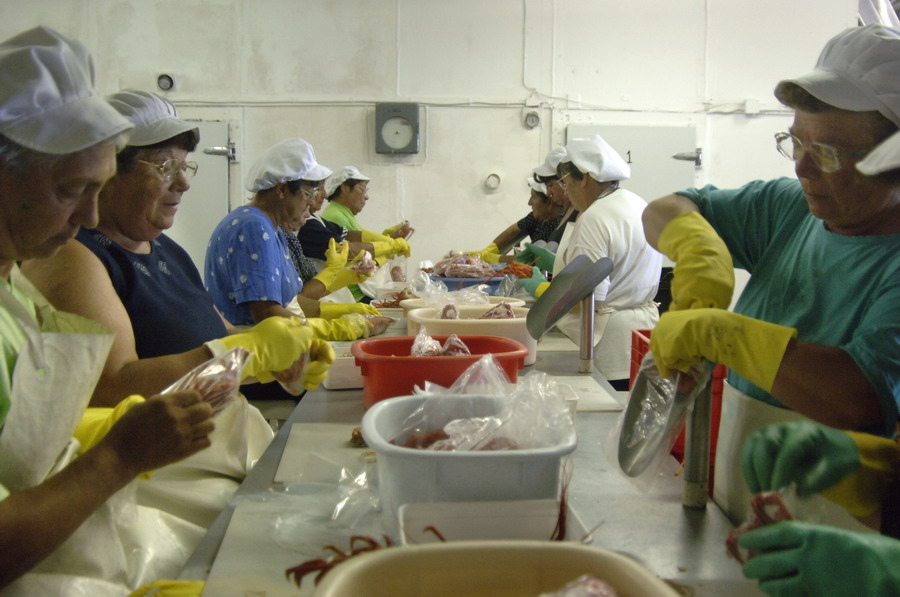
(c) Maurits Heech
The residents make most of their earnings from the royalties of crawfish or rock lobster business– the two crustaceans even appear on the coat of arms of the Tristan flag. They also sell Tristan postage stamps and coins to collectors around the world.
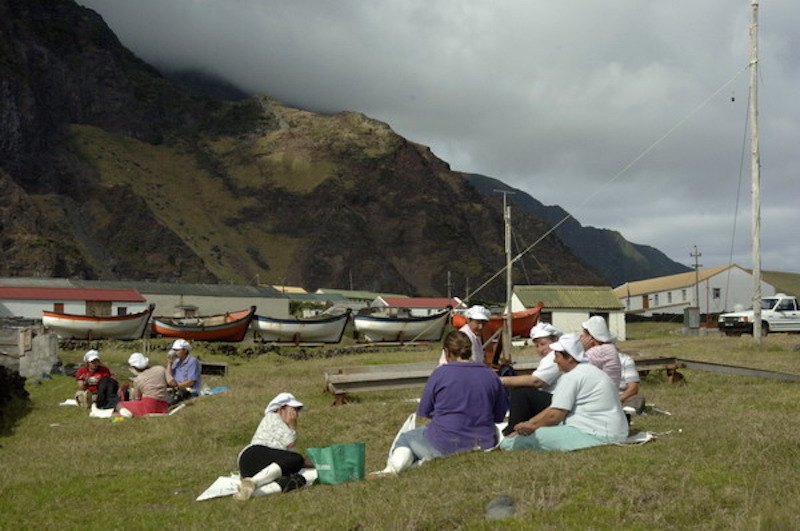
(c) Maurits Heech
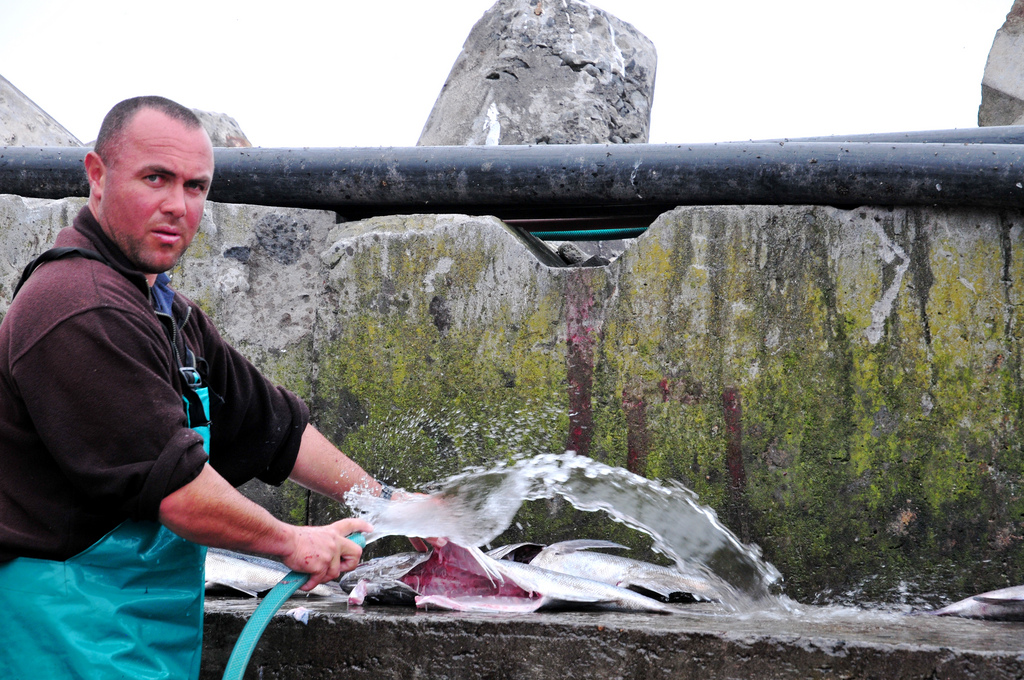
(c) Ultra Panavision
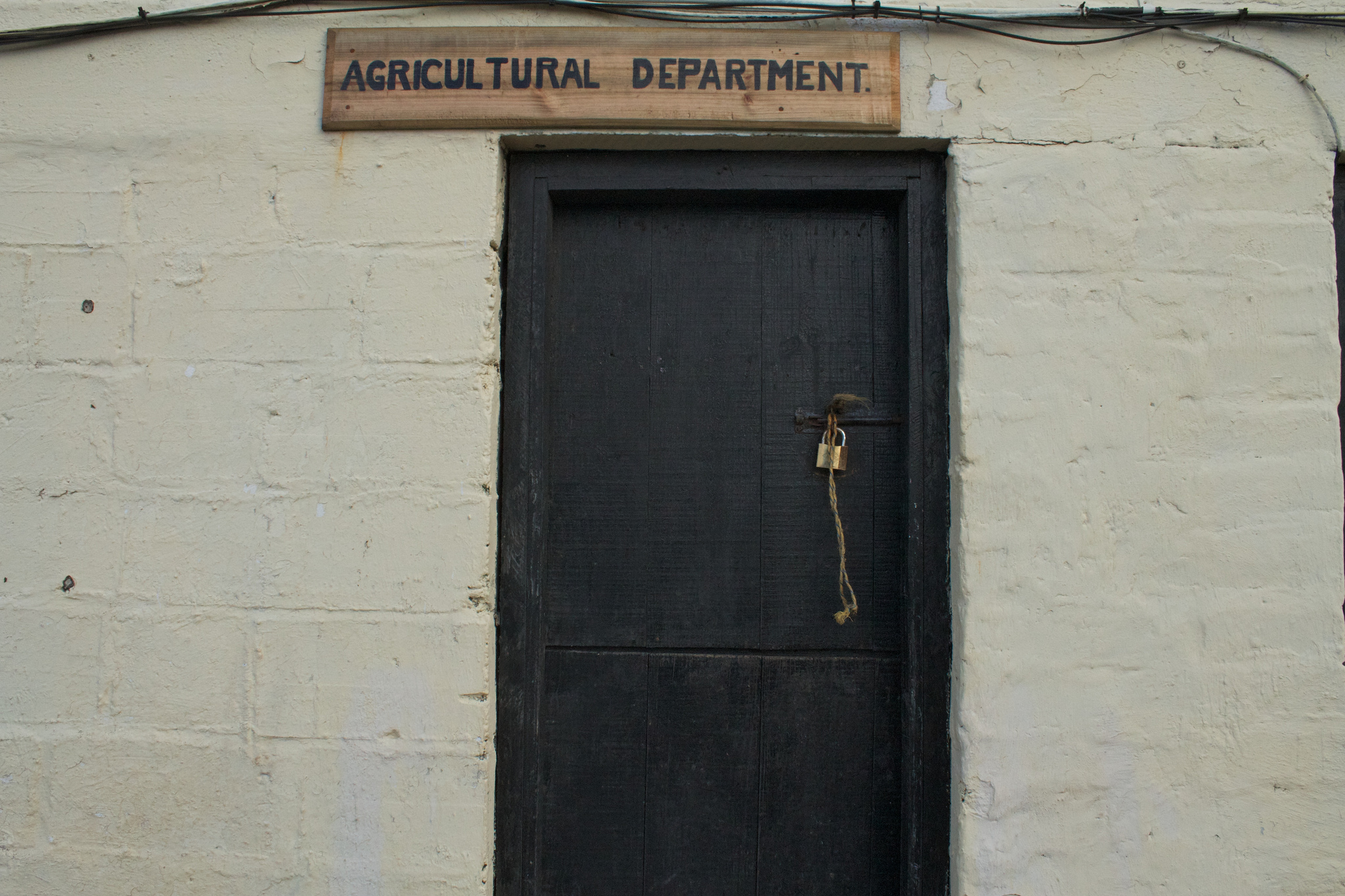
(c) Brian Gratwicke
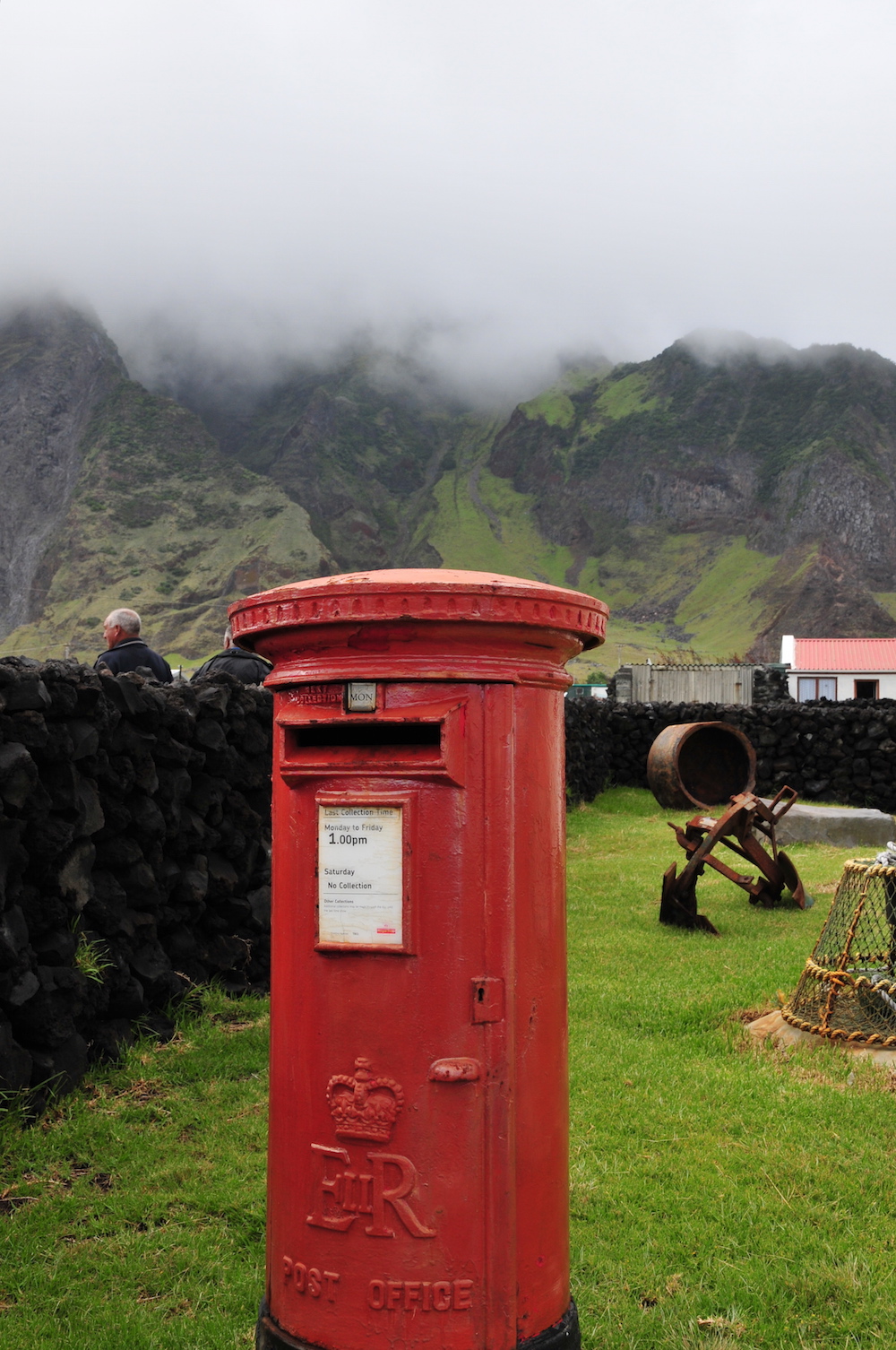
(c) Ultra Panavision
The remotest and rarest British pillar post box in the world.
In 2005, the islands were given a United Kingdom post code (TDCU 1ZZ), to make it easier for the residents to order online, but the island has no mobile phone coverage. From 1998 to 2006, internet was available on Tristan, but it was so expensive and unreliable (connecting via a 64kb satellite phone) that the islands gave up on it.
There is now an internet café on the island, likely the most remote internet café in the world, which provides a 3072kbit bandwidth from the small antenna that sits outside.
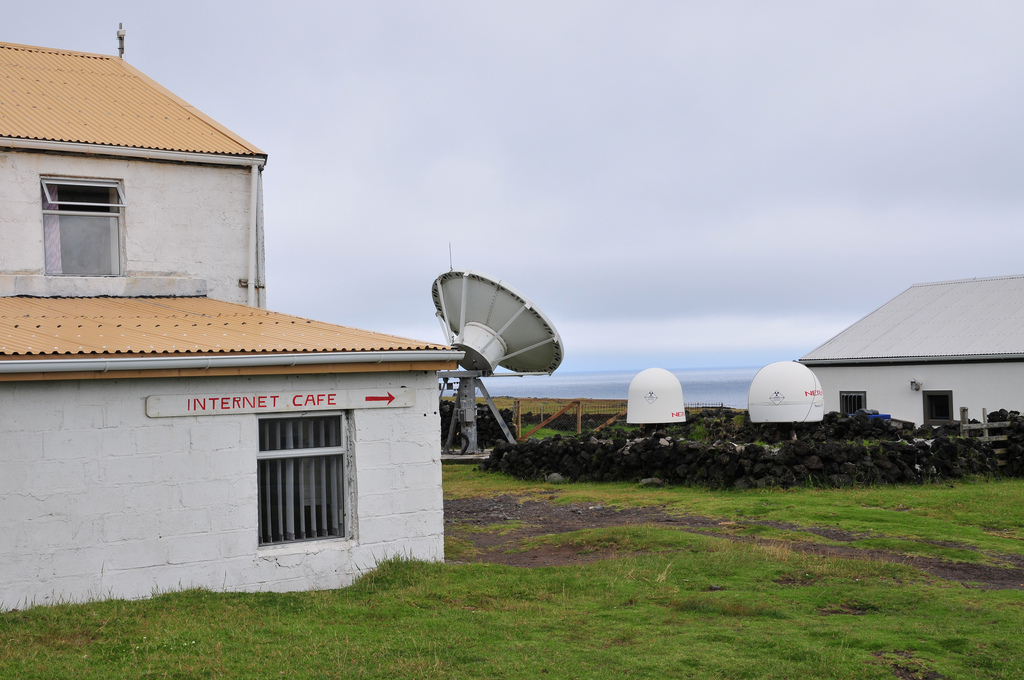
(c) Ultra Panavision
During the Second World War, Britain used the islands as a secret Royal Navy weather and radio station to monitor Nazi U-boats. Local television came to the island in the mid 80s using taped programming aired on Tuesdays, Thursdays and Sundays in the evenings. They didn’t have live television until 2001, but they only have two channels, BBC One and Two.
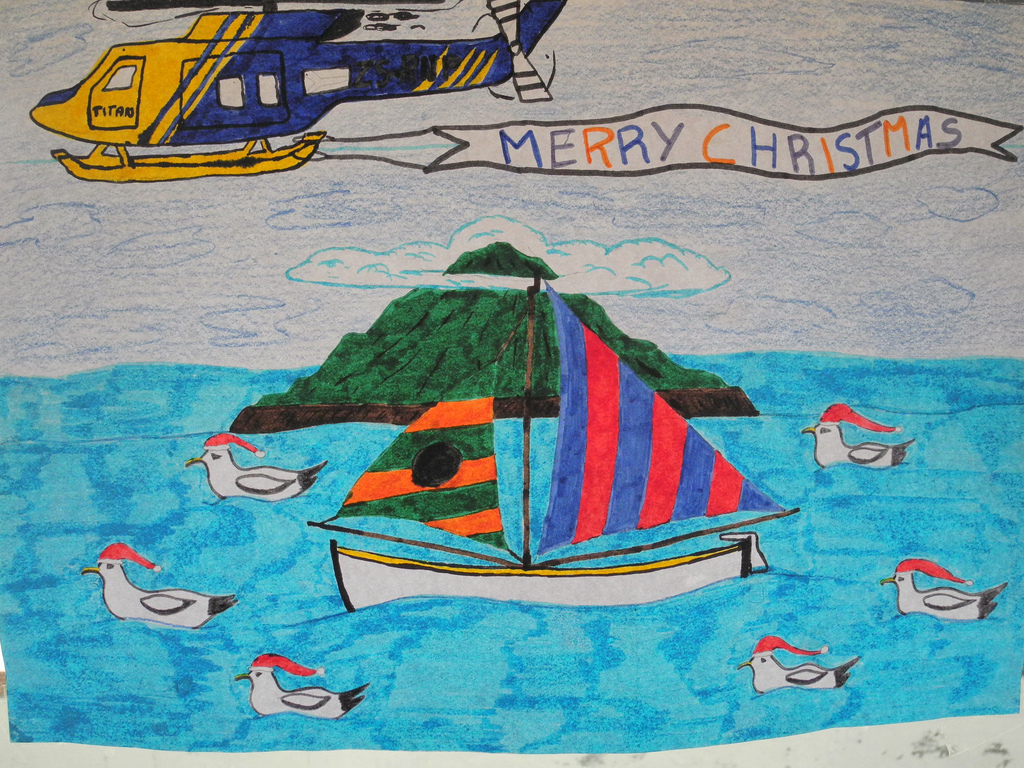
(c) Ultra Panavision
The children of Tristan attend the only school on the island, between the ages of 4 and 16. It has five classrooms, a computer room, a crafts and science room.
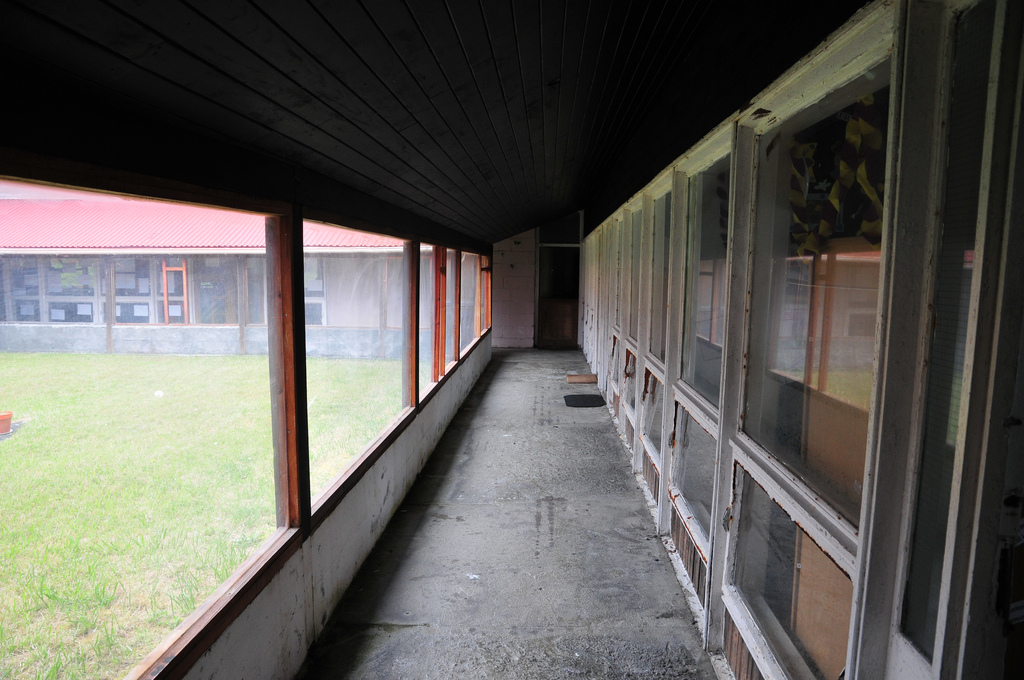
(c) Ultra Panavision
One visitor commented on the state of St. Mary’s School, pictured above:
All Tristan children attend this school which was in shockingly bad condition. The British Government does not pay towards the education of these children and the local teachers are unqualified. That said, there seems to be an inbuilt resistance among islanders towards better education borne out of self-survival: if their children received a proper education and then went to universities in the UK or South Africa they would probably never return and the island would inevitably become depopulated and eventually die.
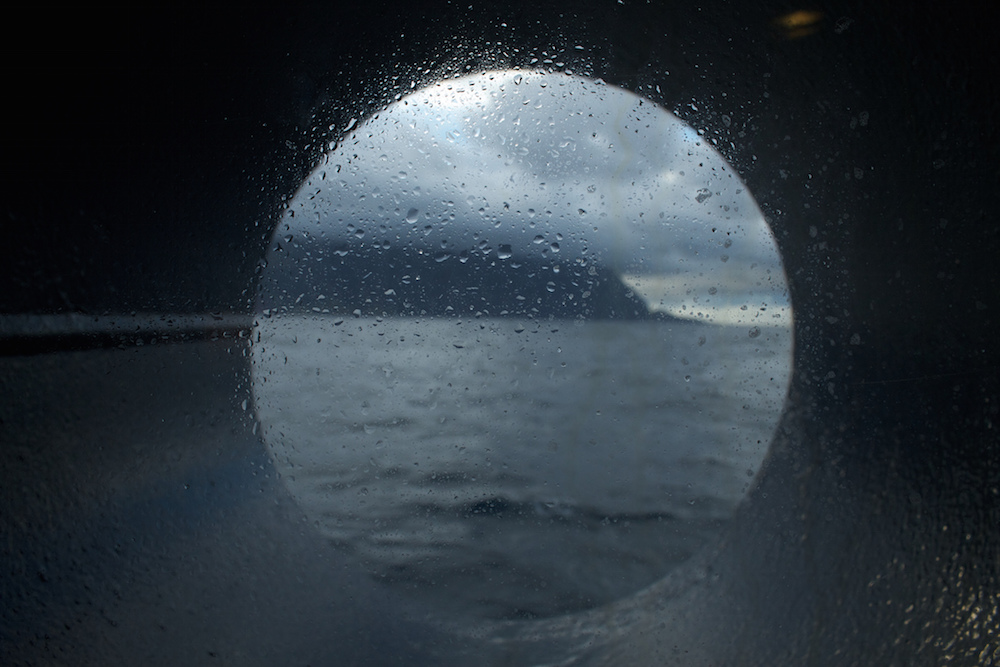
(c) Brian Gratwicke
The future of the settlement on Tristan da Cunha has hung in the balance many times throughout its history. Although first recorded as early as 1506 by the Portuguese, the first permanent settler, Jonathan Lambert, from Salem, Massachusettes, did not arrive until 1810. With three other men, he claimed the islands and named them “Islands of Refreshment”. By 1812, three our of the four men were dead. The survivor, Thomas Currie, remained as a farmer on the island.
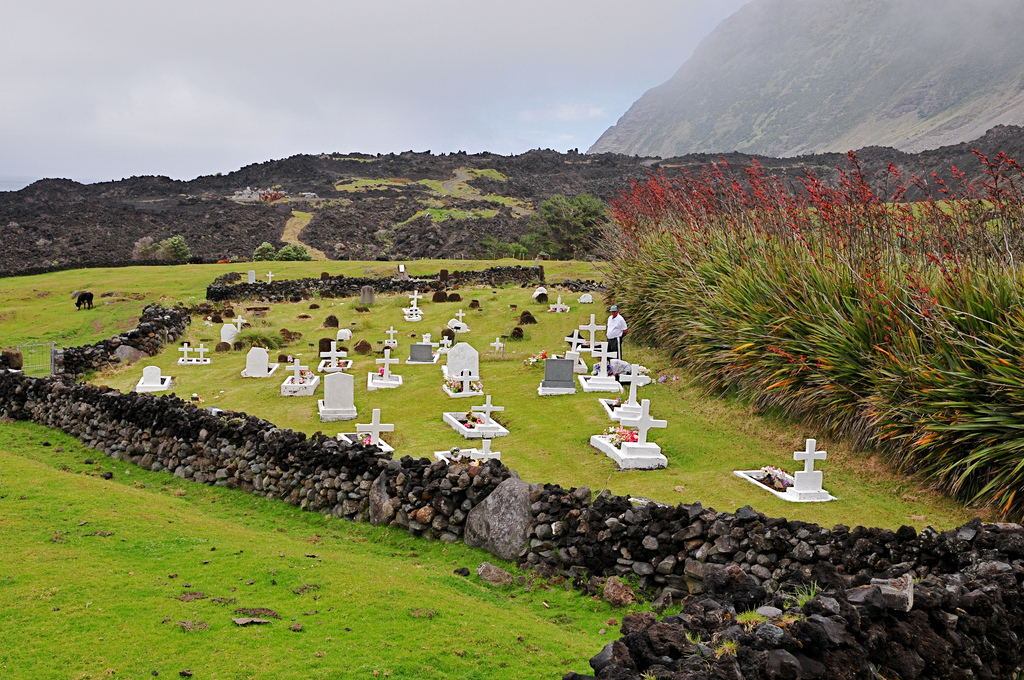
(c) Ultra Panavision
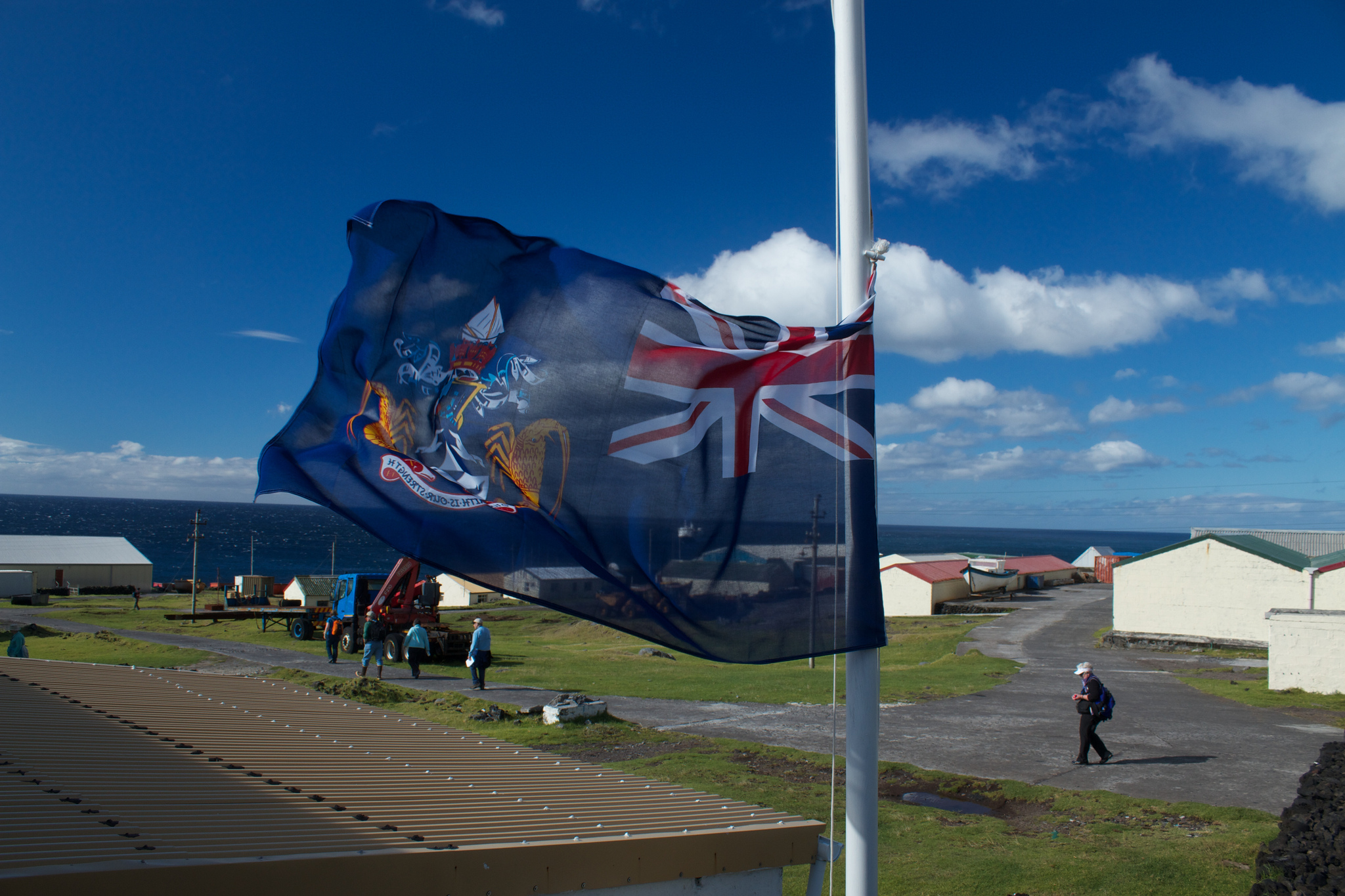
(c) Brian Gratwicke
By 1816, the British had annexed the islands, allegedly to prevent the French from using the archipelago as a base for the rescue operation to free Napoleon Bonaparte, who was being held in a prison on Saint Helena.
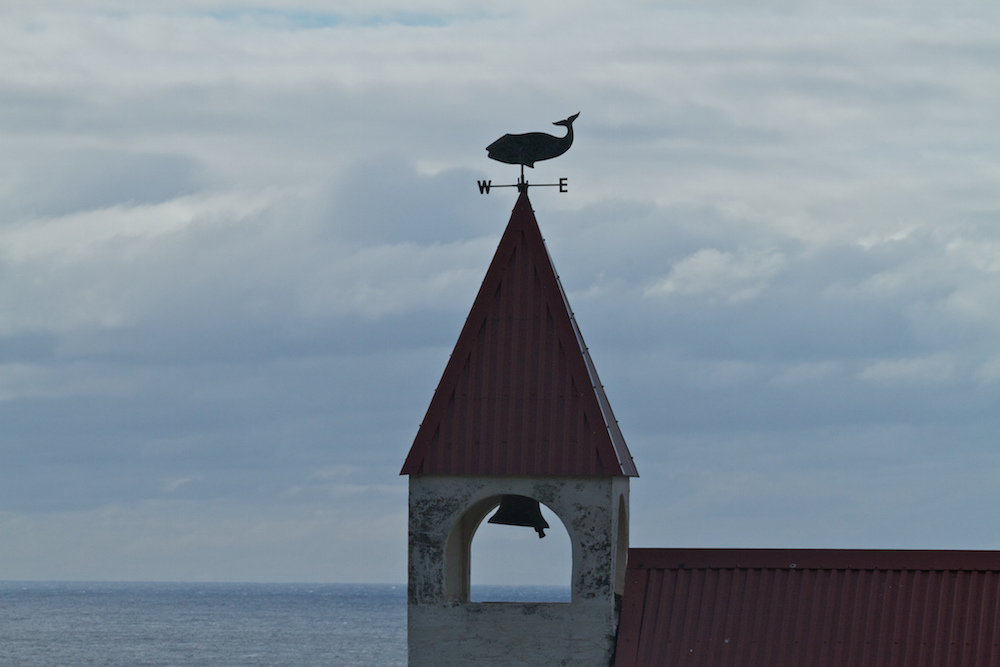
(c) Brian Gratwicke
The whalers soon settled, but when the Suez Canal opened in 1869, Tristan became severely isolated as ships no longer needed it a stopping port for lengthy voyages.
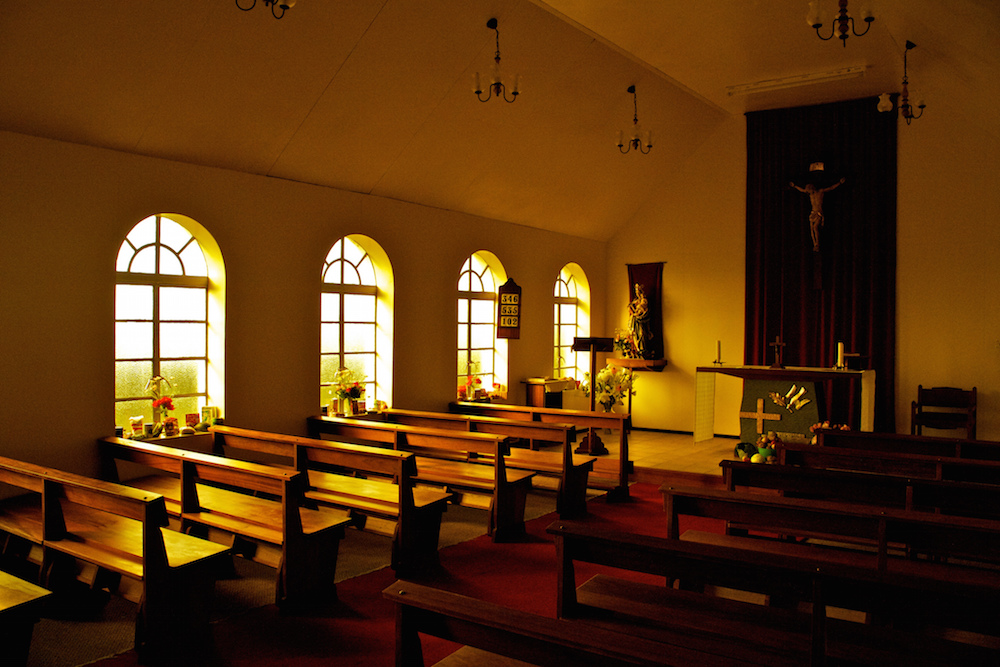
(c) Brian Gratwicke
In 1906, the entire island nearly packed it in after an especially difficult winter and years of economic hardship. The British government offered to evacuate the settlement entirely, but the few surviving residents decided to stick it out and remain in isolation. This is when the islanders went 10 years without contact from the outside world until a ship stopped to inform them that World War I was over. After that, only six more ships passed by within 12 years. Can you imagine what an event it must have been to see a ship approaching on the horizon?
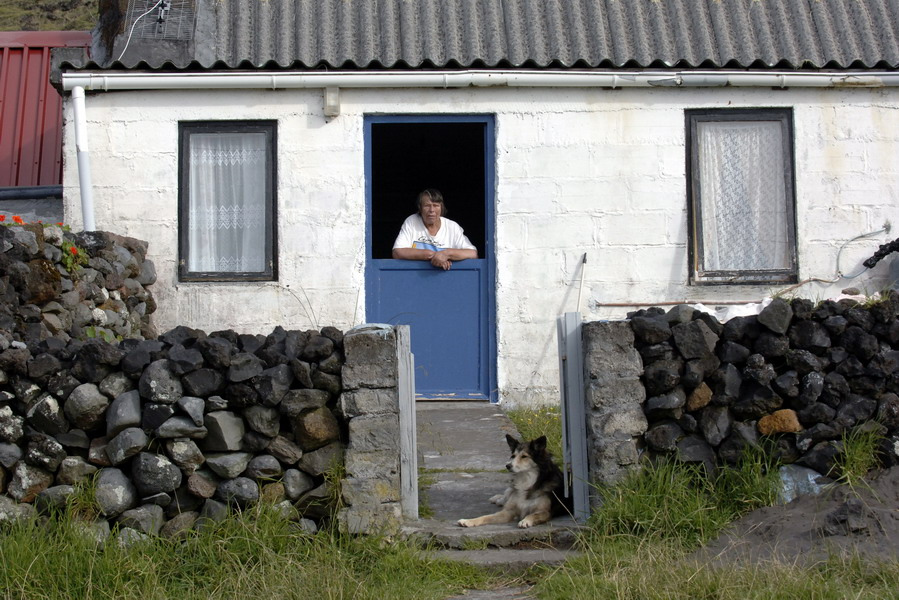
(c) Maurits Heech
For a brief period in the early 60s however, the volcanic archipelago of Tristan da Cunha, was in fact entirely void of human presence. When Queen Mary’s Peak erupted in 1961, the entire population (264 at that time) evacuated on small fishing boats and sailed to the uninhabited Nightingale Island, where they were eventually picked up by a Dutch passenger ship and made their way to Britain. The islanders’ arrival was of great interest to the British press, and they were given accommodation on at Royal Air Force camp. A year later, an expedition went to assess the volcano’s damage, but found the settlement largely in tact. Most families returned willingly in 1963.
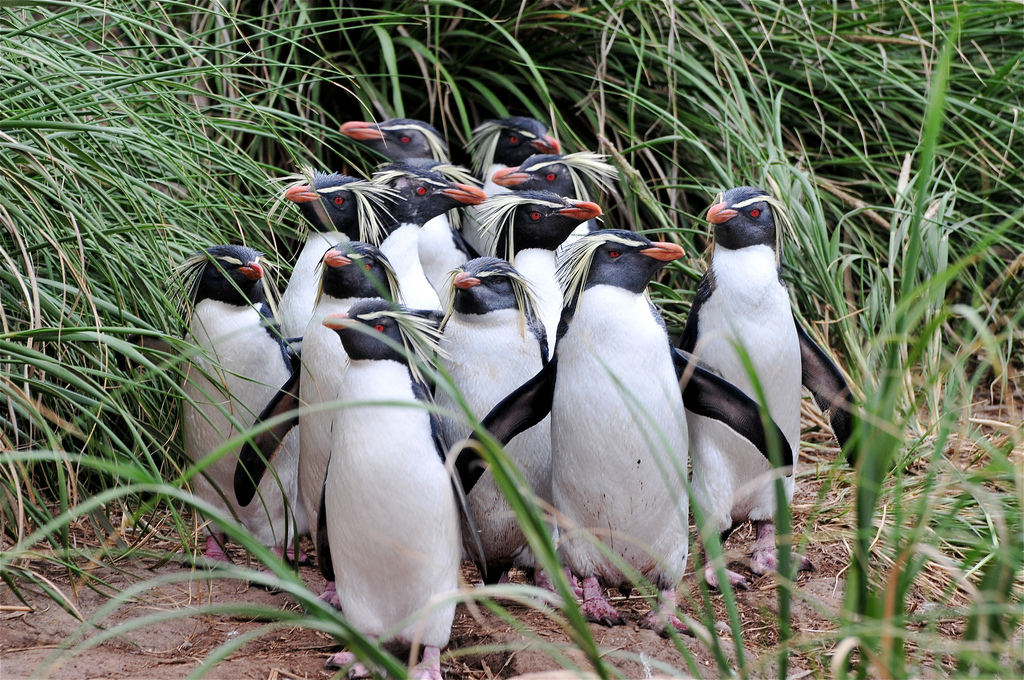
(c) Ultra Panavision
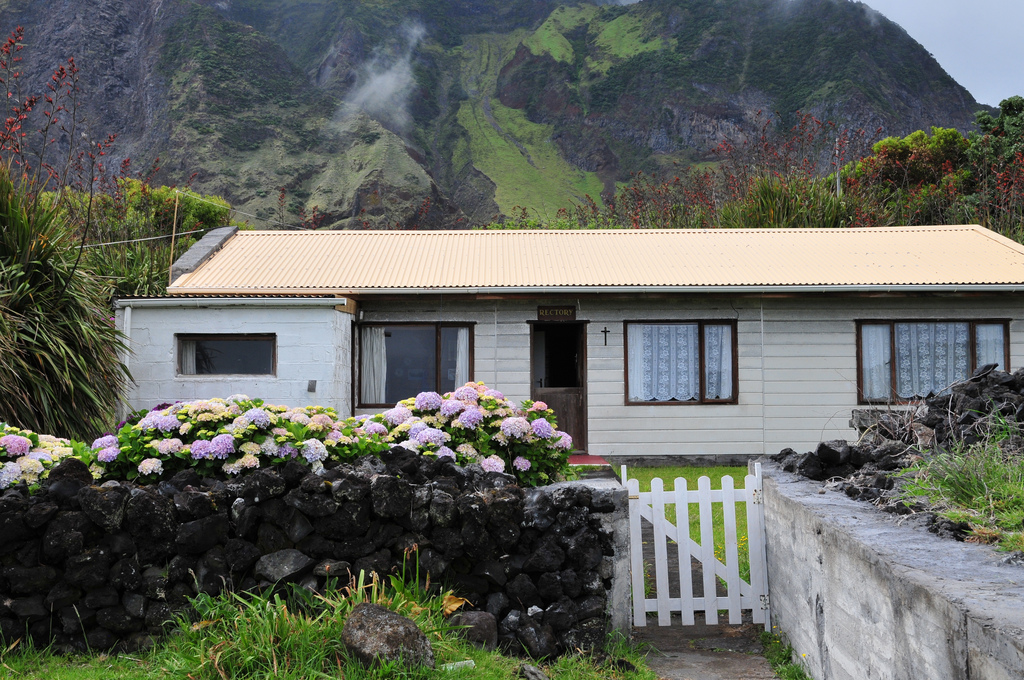
(c) Ultra Panavision
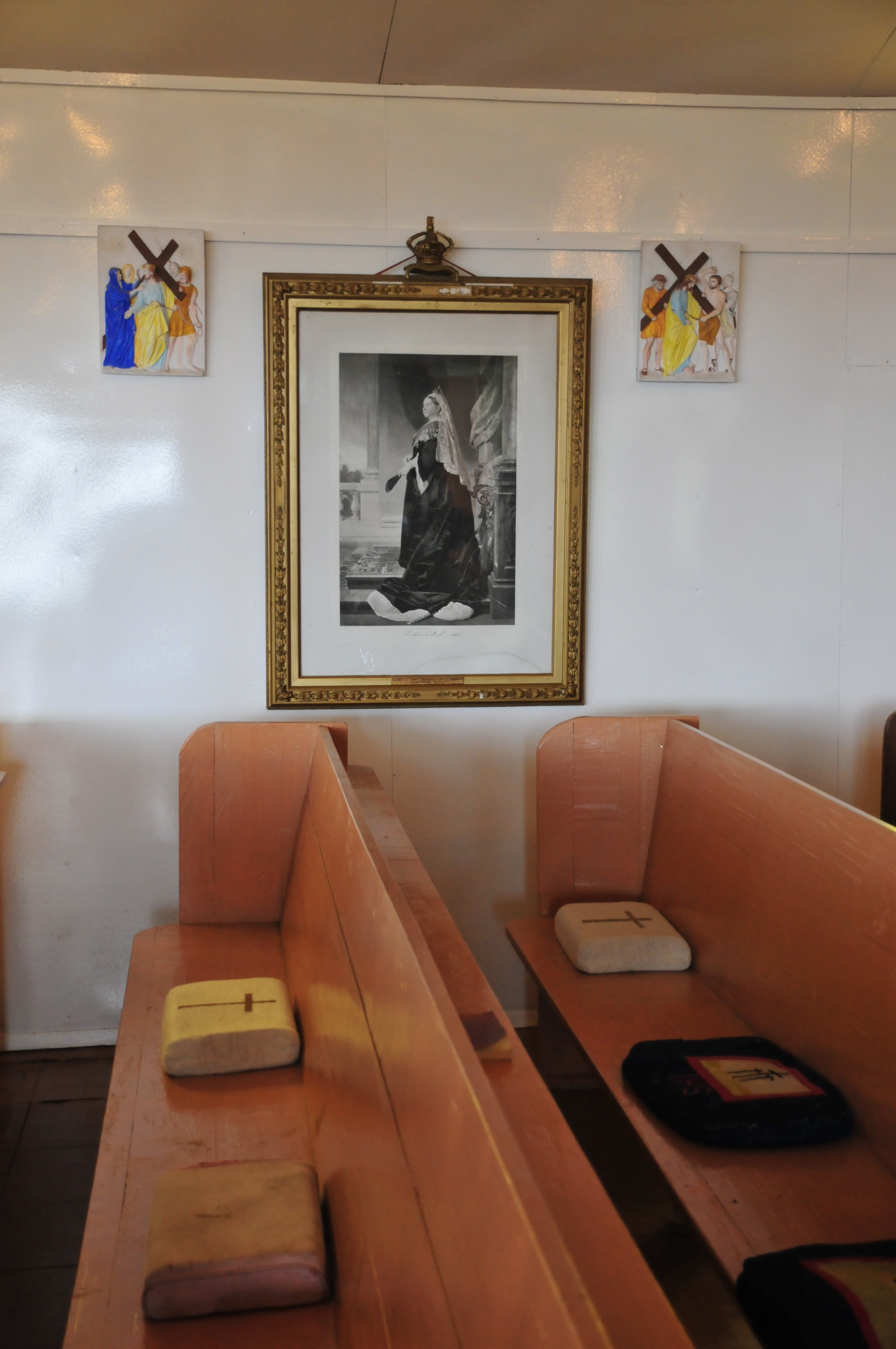
(c) Ultra Panavision
A time capsule in its isolation, the island has limited tourism, but there is a guesthouse for the occasional research groups and birdwatchers that find their way to the island on the occasional passing ship. The last passenger ship to reach Tristan’s shores was in 2011. The photographs you’ve seen in this article were taken by its last visitors from the outside world…
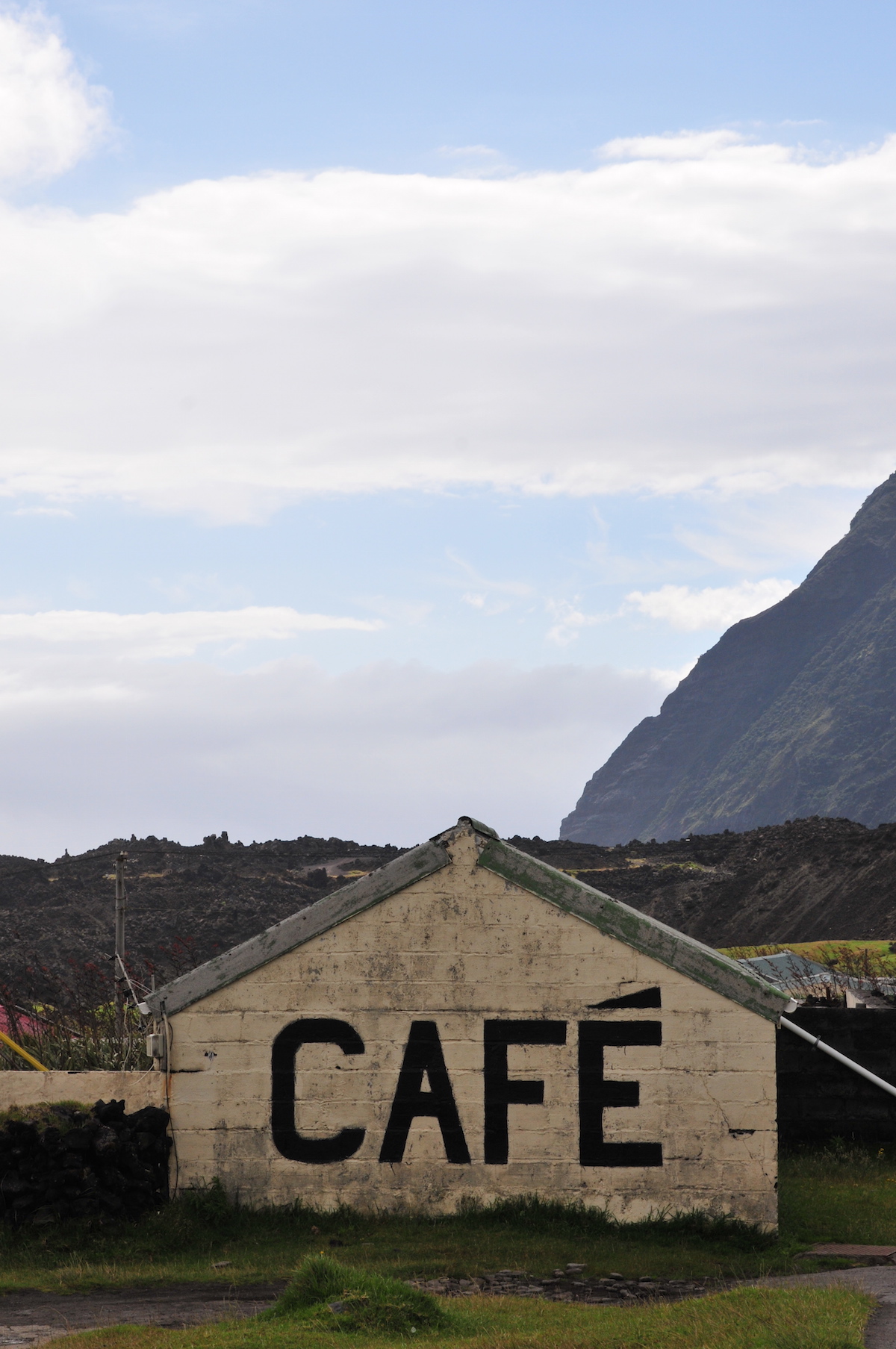
(c) Ultra Panavision
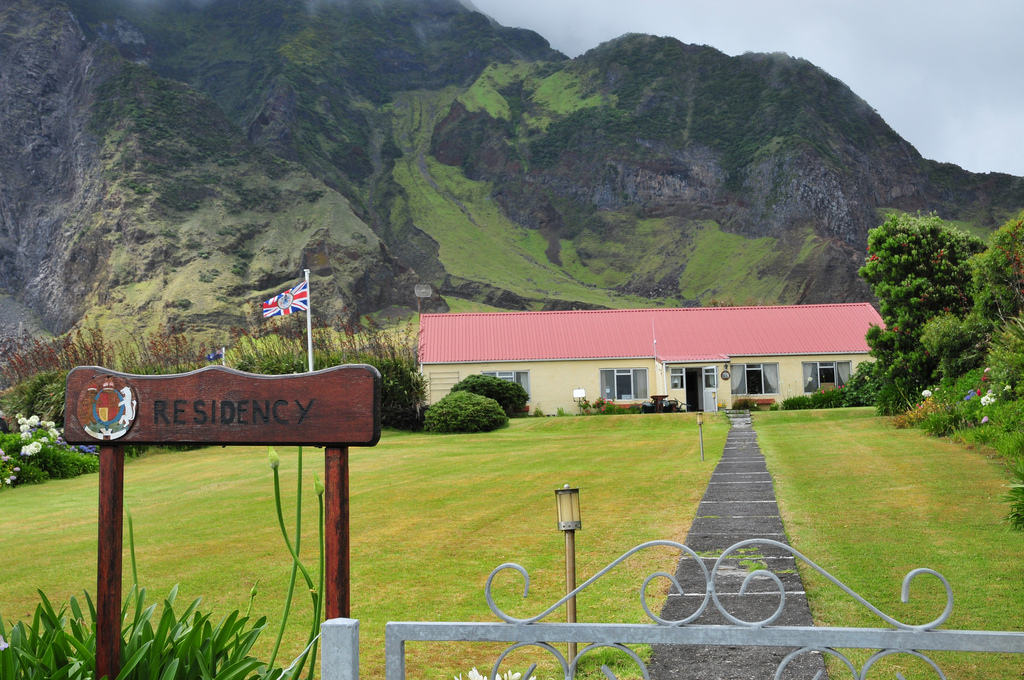
(c) Ultra Panavision
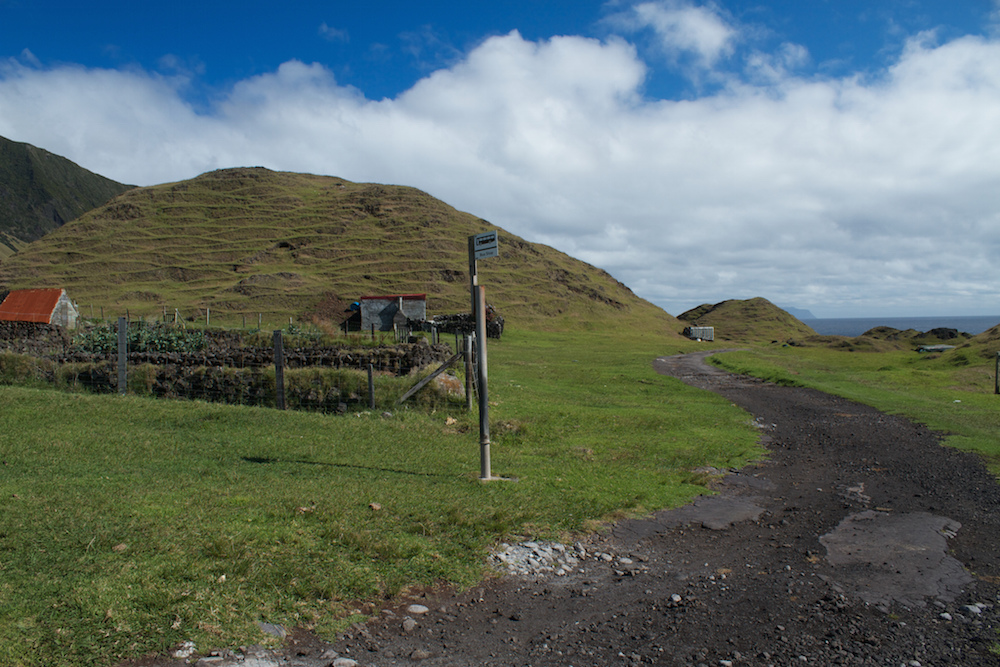
The island’s one bus stop (c) Brian Gratwicke
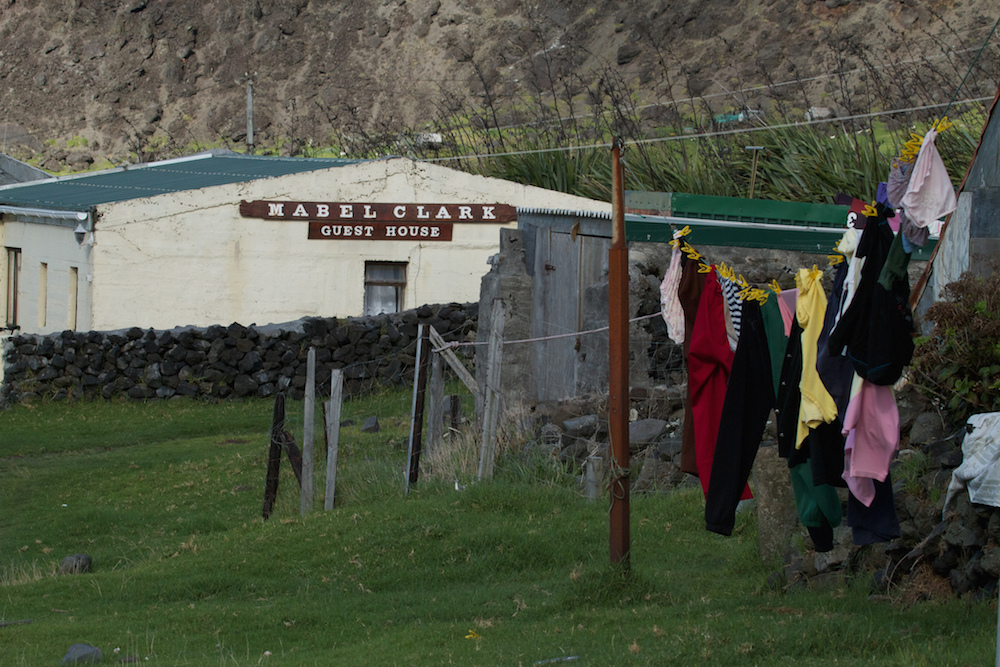
(c) Maurits Heech
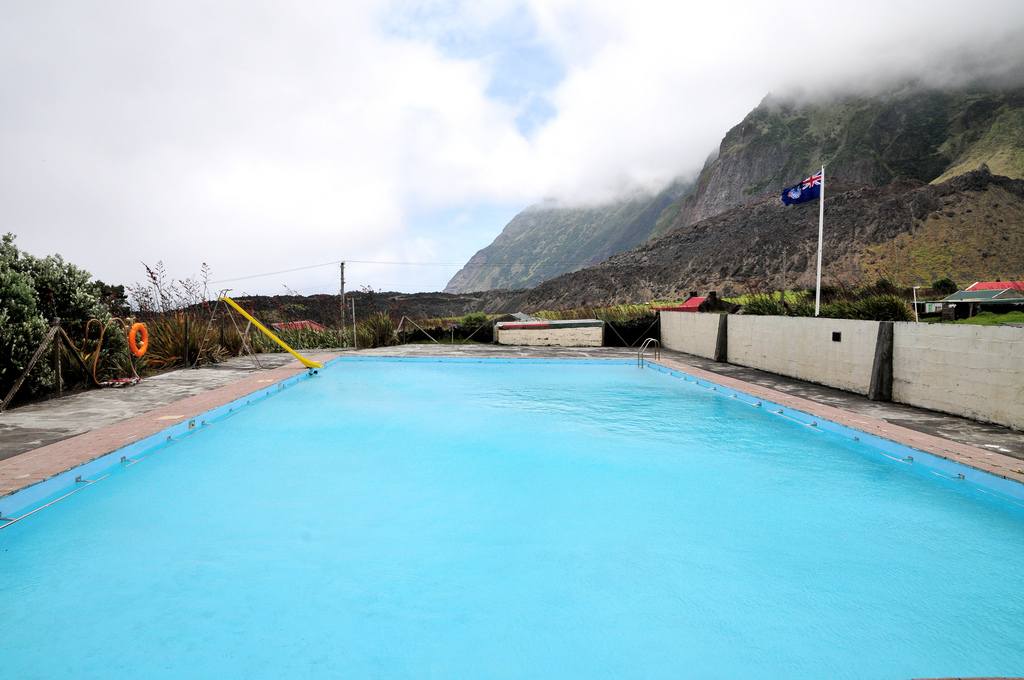
(c) Ultra Panavision
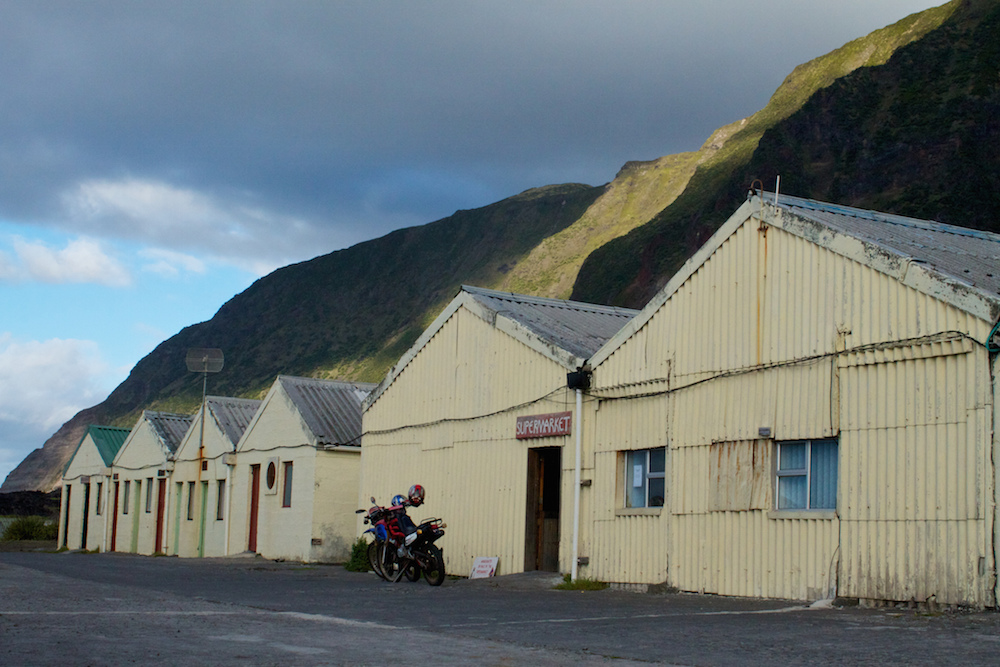
(c) Brian Gratwicke
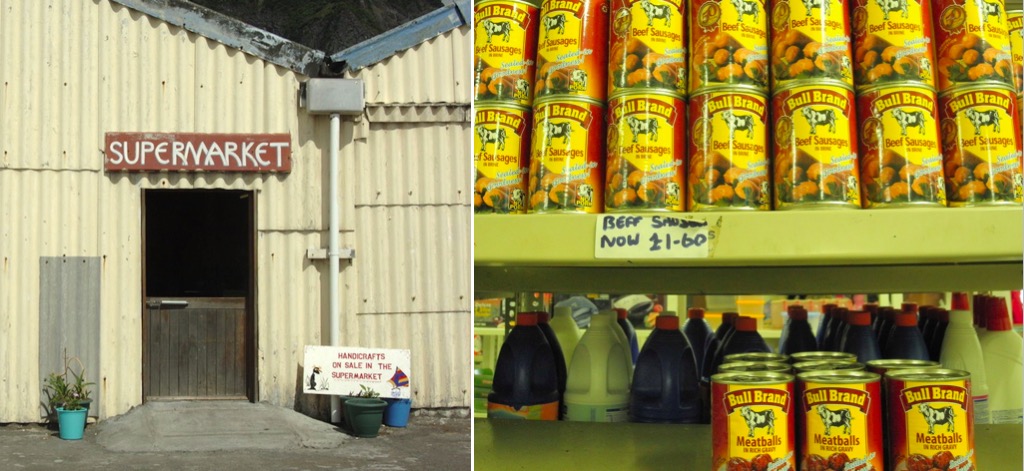
(c) Maurits Heech/ (c) Ultra Panavision
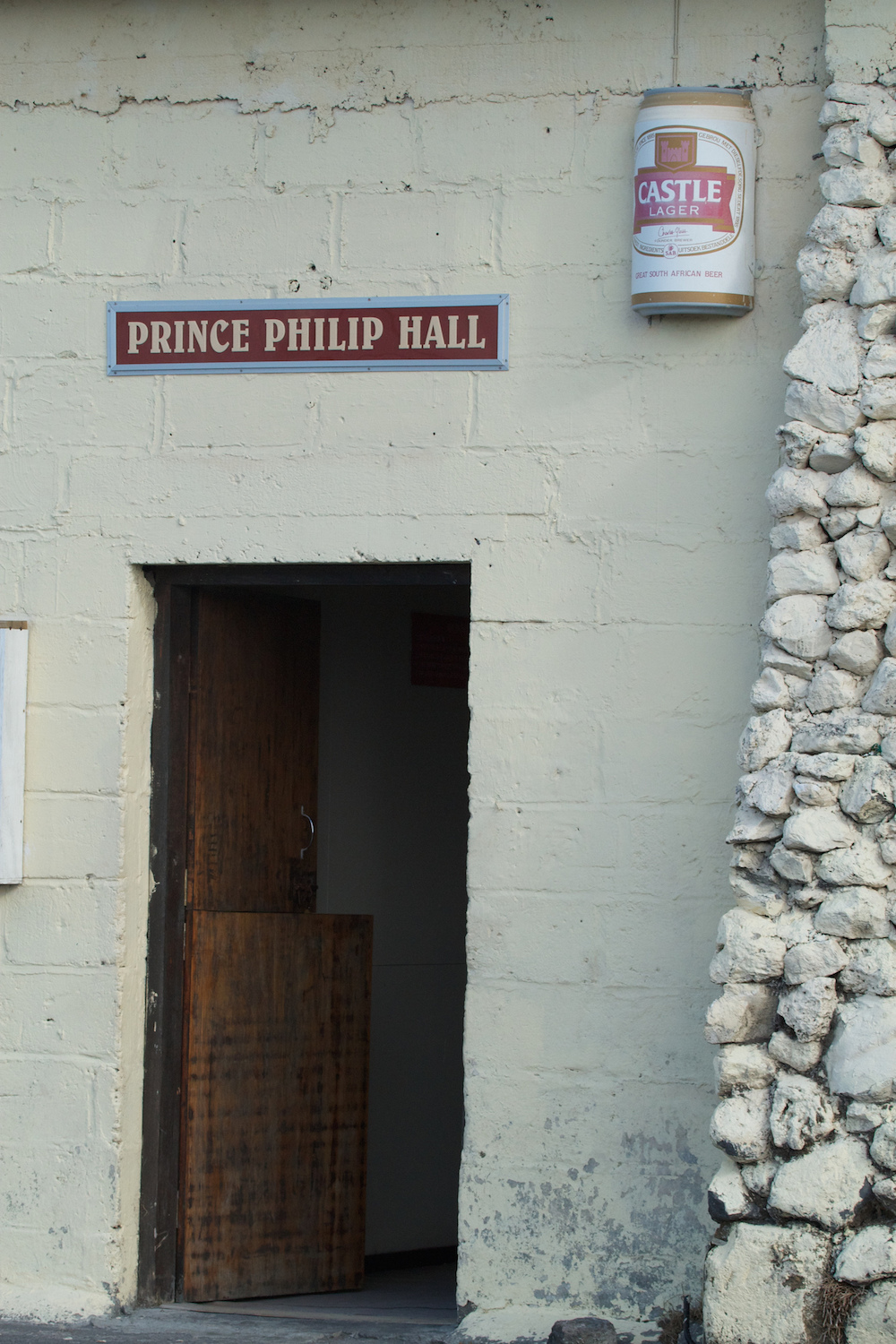
(c) Brian Gratwicke
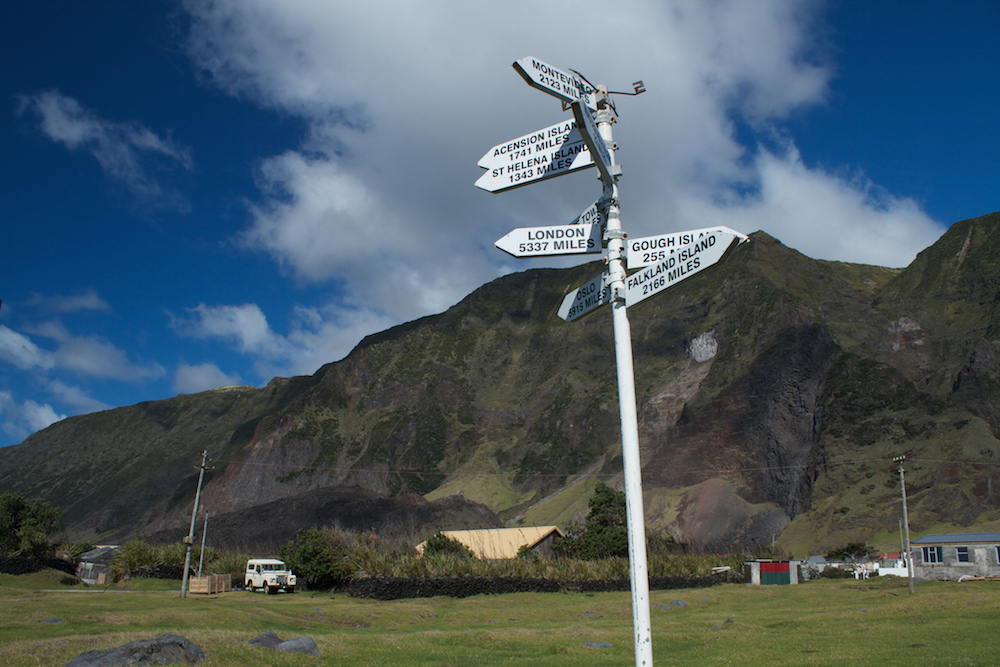
(c) Brian Gratwicke



